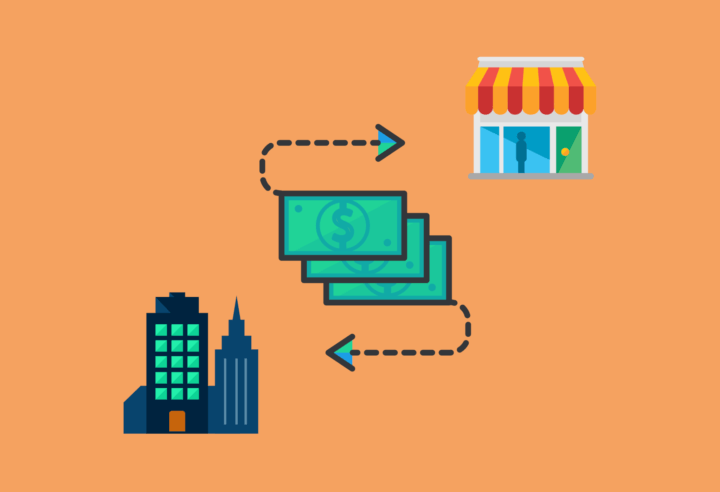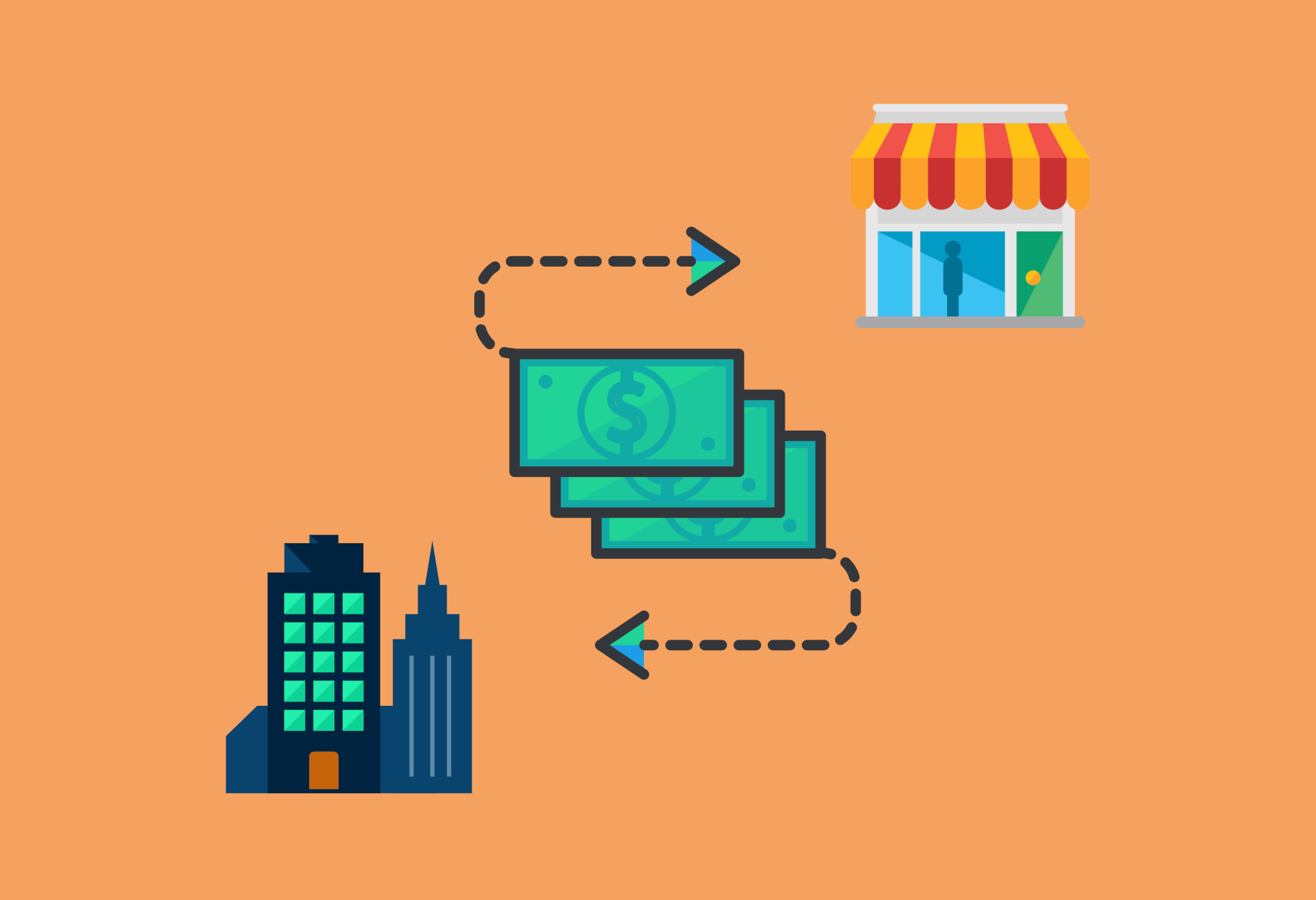What is B2B Sales Experience
B2B sales experience is the experience that a business-to-business customer has while they work with you. This can include the process of how to buy, when, and what type of support they get, as well as any other interactions from your company.
It is the customer’s opinion of the company that they are buying from, based on how well you handled their needs.
Therefore, it’s important to provide a positive customer B2B experience, which will in turn make them more likely to buy from you again.

(Image Source: ELMENS)
B2B Sales Vs. B2C Sales: 4 Differentiators
There are substantial differences between B2B and B2C sales that need to be taken into account when defining a sales process.
Audience
One of the major differences is the audience. B2B sales means you’ll be trying to sell your product or service to an educated buyer such as a business owner, a purchasing manager, or an executive.
This makes the entire process inherently more complex.
A B2B sales process will usually have more steps, conditions, and requirements compared to a B2C sales process.
In B2C sales, the audience is much more diverse. This can be an educated buyer or someone looking to buy a product to make their life easier and less complicated.
What this means is that the sales process for B2C will be simpler and more straightforward than a B2B sale.
Market size
The potential market that you can sell your offering to will be much narrower in B2B.
This is easy to understand: there will be a relatively small number of companies interested in your niche software solution compared to the number of consumers interested in the latest affordable electronic gadget.
With B2C, you might be targeting millions of consumers. A B2B business, on the other hand, might only be targeting 500 or so companies.
The sales process is more complicated because there are two parties involved.
It can be difficult to identify the buyer for your product, and it’s even harder to convince them that they want what you have to offer. This means you may need a longer sales cycle than with B2C (where the person buying knows what they want and just needs to convince the seller).
Organizations are often risk-averse, which means it may take longer for them to make a decision. There can be more red tape because of procurement processes that need to be followed before a purchase is made.
Successful B2B sales professionals must therefore have an intimate knowledge of their product and its benefits, a strong sense of empathy for the customers’ decision-making process, and must be able to handle the lengthier sales cycle.
Sales cycle length
The B2B sales cycle is almost always longer than an average B2C sales cycle. It usually involves multiple calls, meetings, and presentations.
While B2C customers often make their purchasing decisions in the spur of the moment, B2B buyers could take as much as a year to decide to purchase a product or service.
Repeat business vs. one-time sales
B2B sales is more about generating repeat business than it is about the number of one-time commissions, which means that B2B professionals are often required to maintain a positive relationship with their clients.
For this reason, many successful B2B businesses have an internal policy dictating that they will not go after a company as a client if they know that another competitor is already there.
It’s not uncommon for B2B companies to turn down the acquisition of business because it would alienate current customers and hurt the chances of getting future clients.
This approach has been around long before social media became prevalent, but today many businesses have adopted it as a way to avoid conflicts with current customers.
Successful B2B professionals will never take advantage of a client by providing them with shoddy work or overcharging for services rendered, knowing that their word is what separates them from the competition and can make or break future opportunities.
Achieving success in this industry is not as easy as it seems, but with the right strategy and a willingness to do what is necessary for the customer’s satisfaction, anyone can be successful.
In short, in B2B sales techniques, you’ll be looking to generate repeat business. This will involve building ongoing relationships with customers so that you can do B2B selling to them again and again.
With B2C, on the other hand, you’ll be dealing with consumers who are often fickle and frequently make purchases on a whim. Building an ongoing relationship with consumers will often be difficult, and sometimes even impossible.
It also won’t be as profitable as it is in the B2B selling process.

(Image Source: ActionCOACH)
16 Steps for an Effective B2B Sales Experience
You’re going to need a plan to be successful. Here are 16 steps you can take:
1. Measure and track the performance of your sales process
To be able to refine and optimize your sales process, you’ll first need to understand how it’s performing at the moment. To do this, you need a way to measure and track performance.
Measuring and tracking the performance of your sales process will enable you to make informed decisions instead of having to rely on instinct.
Identify your main KPIs (Key Performance Indicators) and find a way to automatically collect data on them so that your team doesn’t have to waste time on doing manual tracking and data entry.
This will help you reach informed decisions about the performance of your sales process.
2. Analyze your sales process
You can break down your process into stages, identify the main activities in each stage and determine how long they should take. This will help you understand where this process is broken or inefficient.
Remember that before you learn how to get B2B sales experience to improve, you should know how to analyze your current sales process first. This allows you to understand what’s been working so far, as well as what hasn’t so that you can optimize your sales process effectively.
Look at the deals your team has closed and analyze how much time it took to close each deal, as well as what needed to be done to close it. This will enable you to define specific actions that are crucial for moving prospects through your sales funnel.
Here’s one of the great B2B experience examples:
If it took a week to close one deal, but two hours for another, you can identify that there might be an issue with the lead qualification process.
3. Map out your customer journey
You’ll also want to map out the customer journey for each of your target personas to understand how prospects see your sales process, as well as what issues they might encounter along their way to making a purchase.
By having a clear idea of the customer journey, you’ll be able to change your sales process in such a way as to assure that your reps have everything they need to help prospects and close more sales.
You can use a tool such as Eloqua to set up your customer journey map.
4. Identify potential bottlenecks
As you move through your customer journey, identify potential bottlenecks that might result in a bad business to business experience with your company.
This could include anything from challenges customers have when they first come across your product to how long it takes for prospects to be qualified or the time between sales stages.
You need to know where these issues are and address them to assure a high-quality experience for your prospects.
If you’re already relying on an existing customer journey map, take the time to validate it with your sales reps and customers.
It could be that something is not working as planned or there are new opportunities for improvement where you didn’t know they existed before.
5. Define exit criteria for every stage in your sales process
The most important part of the journey for a prospect is when they exit your sales process.
You need to define what it means to exit with success at each stage and be sure that you are providing them all the information they require to make an informed decision on whether they want your product.
This can include things like ensuring that they have a demo account set up and can work through the product with ease, that you’ve provided enough pricing options to fit their needs, and/or helped them understand how your solution will help solve their pain points.
6. Find ways to shorten your sales cycle
Your sales cycle is the amount of time it takes for a prospect to go from an inquiry to getting their first trial and then finally moving on with your product.
This will be different for every company, but you should have specific targets in place so that you can measure how successful your focus has been in optimizing the B2B customer experience.
One way to shorten this cycle is by helping your prospects figure out if they want to buy from you.
By answering this question, it’s easy for them to decide on whether they want your product.
For instance, if they need a lot of help with their marketing, then you can offer them the benefits your product will have on that.
If someone is looking for an SEO package and has been in business for less than three years, chances are they won’t be able to afford it just yet.
In this scenario, tell them how you’ve helped other companies grow in the same position and offer them a different, less expensive package.
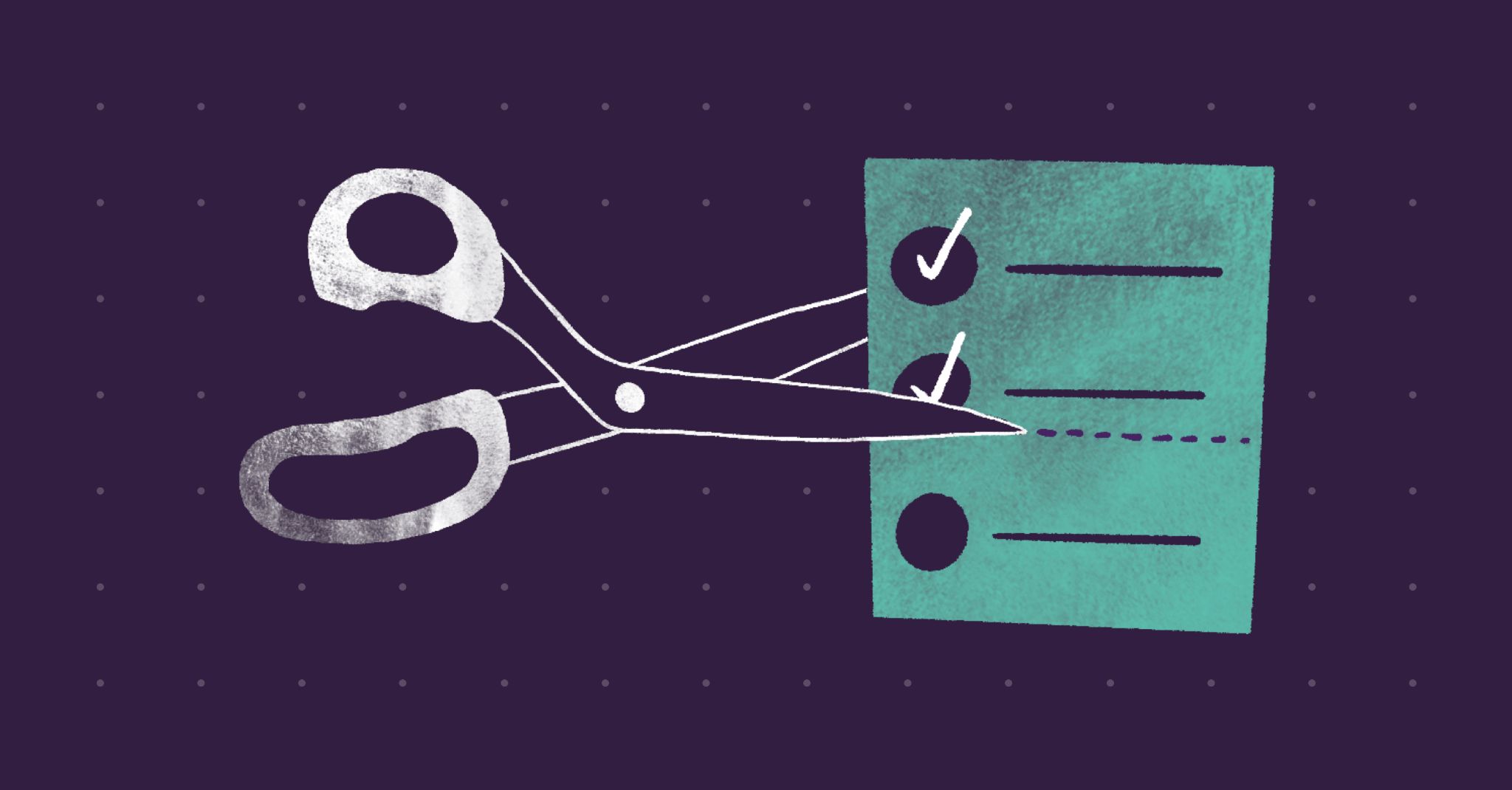
(Image Source: Copper CRM)
7. Perform extensive research
This will help you figure out what the prospect is looking for, and how to best offer it to them.
You’ll be able to tailor their experience with your company by knowing exactly where they are at in the buying cycle.
It also helps that when you take time to research, there’s a greater chance the prospect will be impressed with your knowledge and more willing to do business with you as a result.
If you need some help in finding more information about your prospect, you can use LeadFuze.
It’s the world’s first and only lead generation platform that uses artificial intelligence to help you find more information about your prospect. It does this by analyzing data from all over the web, including social media, blogs, news articles, and much more. The best part? It automatically updates with new leads every day, so you never have to worry about finding prospects again!
With LeadFuze, you can finally stop wasting time on outdated methods of lead generation like cold calling or emailing people who don’t want anything to do with you. It’ll take care of it all for you – just sit back and relax while it works its magic! And if there are any questions along the way, its customer service team will be happy to answer them for you 24/7.
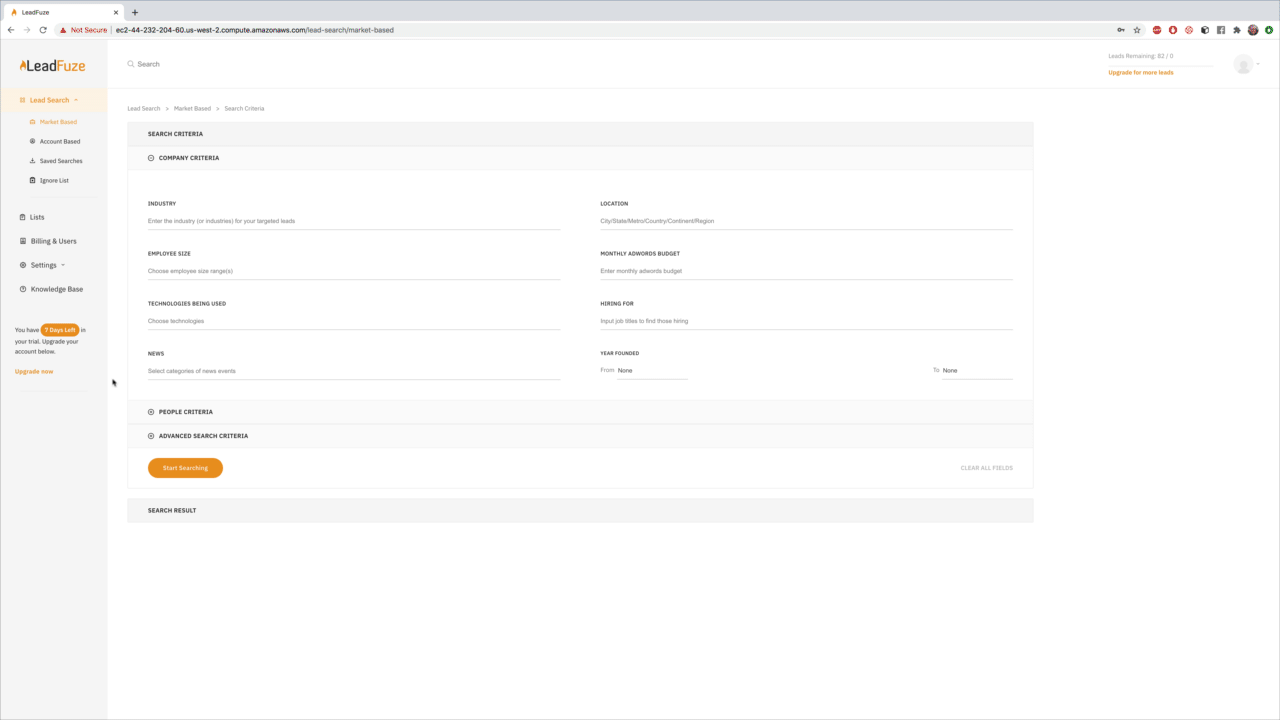
8. Ask questions
There’s no such thing as a question that you can ask in business too many times.
Questions are what drive the sales process, and any B2B professional must know how to get them answered effectively.
One of the most powerful ways one can do this is by creating an online survey or checklist to be completed by the prospect.
This will help you identify what needs they have, and how best to meet them.
Don’t worry about being pushy or sounding obnoxious with your questions either; just make sure that the ones you do ask are designed in a way that leaves no stone unturned when it comes to providing the best possible experience for your potential customer.
9. Listen
While there are many B2B sales strategies and tactics you can implement into your process, sometimes the best approach is to simply listen to your prospect.
They will tell you what they want and how to provide it, all without your input.
After all, what’s the point in asking a question if you’re not going to listen to the answer? Don’t get impatient and wait to ask your next question — pay honest attention to the answer that you’re being given.
If you don’t, you won’t be able to absorb the information that you’re being given which you could use later to help further your B2B sales process.
10. Instruct
Teaching new information is the new kind of sales pitch. While you pay attention to the potential buyer and begin to hear what they’re interested in, you begin to experience opportunities to teach them about things that they’re generally interested in.
Use this as an opportunity to reveal your expertise. If they’re interested in a certain type of product, let them know about the different features that are present with it and how it might be able to help their business grow just by its very existence for them.
This also gives you opportunities to show off your knowledge of other products that you might have experience with.
People are always interested in expanding their knowledge, so don’t be afraid to educate them on the ins and outs of a subject that you know about.
There may even come a point where they decide that your product is not for them but instead opts for something else because now they feel more informed!
11. Expect challenges
Even when you’re asking a fairly routine set of questions, sometimes you can get hit with a surprising answer. Be prepared for challenges when you’re speaking to a buyer because you need to make sure that you’re on your feet.
If they throw a curveball, make sure that you maintain interest in them.
If they’re interested in a different product, it doesn’t mean that you have to address their needs but there are other ways that you can help them achieve their goals.
12. Be humble
You are not an expert in the field of sales and marketing, but you have a lot to offer. You can be humble about your expertise on the subject matter that you’re speaking with them about while still maintaining confidence in what they need from their end.
If they ask for guidance or feedback, feel free to give it if you have the time.
One thing that people don’t like is having a pitch shoved down their throat. If you act like you care more about the sale you are trying to make than the company you are selling to, you quickly adopt a mindset of “there will always be another buyer.”
13. Plan
Planning is a great way to help you prepare for a conversation and can help you make sure that you’re always in control of the conversation.
It can also help you identify potential barriers to success and work hard to prepare for them in advance.
What do you know about the prospect? What questions can you plan out? When during the conversation should you drop these questions?
14. Stop “always closing”
The strategy of “always be closing” is getting pretty old and doesn’t really fit in today’s society anymore. People don’t like being pressured, especially not near the beginning of a conversation.
Look at the conversation as a process, not an “event.” By taking your time and having these conversations over longer periods, you can gain trust easier
15. Give more
Just like anywhere in life, it’s important to give more than you receive. There are a few ways that this can be applied in business.
One is to always offer the prospect more information than they ask for. If you’re in a sales meeting and someone says, “What about this?” You can respond with:
- How does that affect our product line?
- That sounds interesting! Could we have some time on Friday to discuss it further?
- That’s great feedback. It sounds like you may need to talk with our engineering team before deciding.
If the customer is interested in learning more, they will be led on an information journey – and even if they aren’t directly buying from you, it can help them become aware of your company as a whole.
Here are more B2B sales examples where you can give more than you receive is by asking your customer for input. You can say something like:
- What are some of the things that make this product unique?
- I’m interested in hearing about how we could improve our service, what would you suggest?
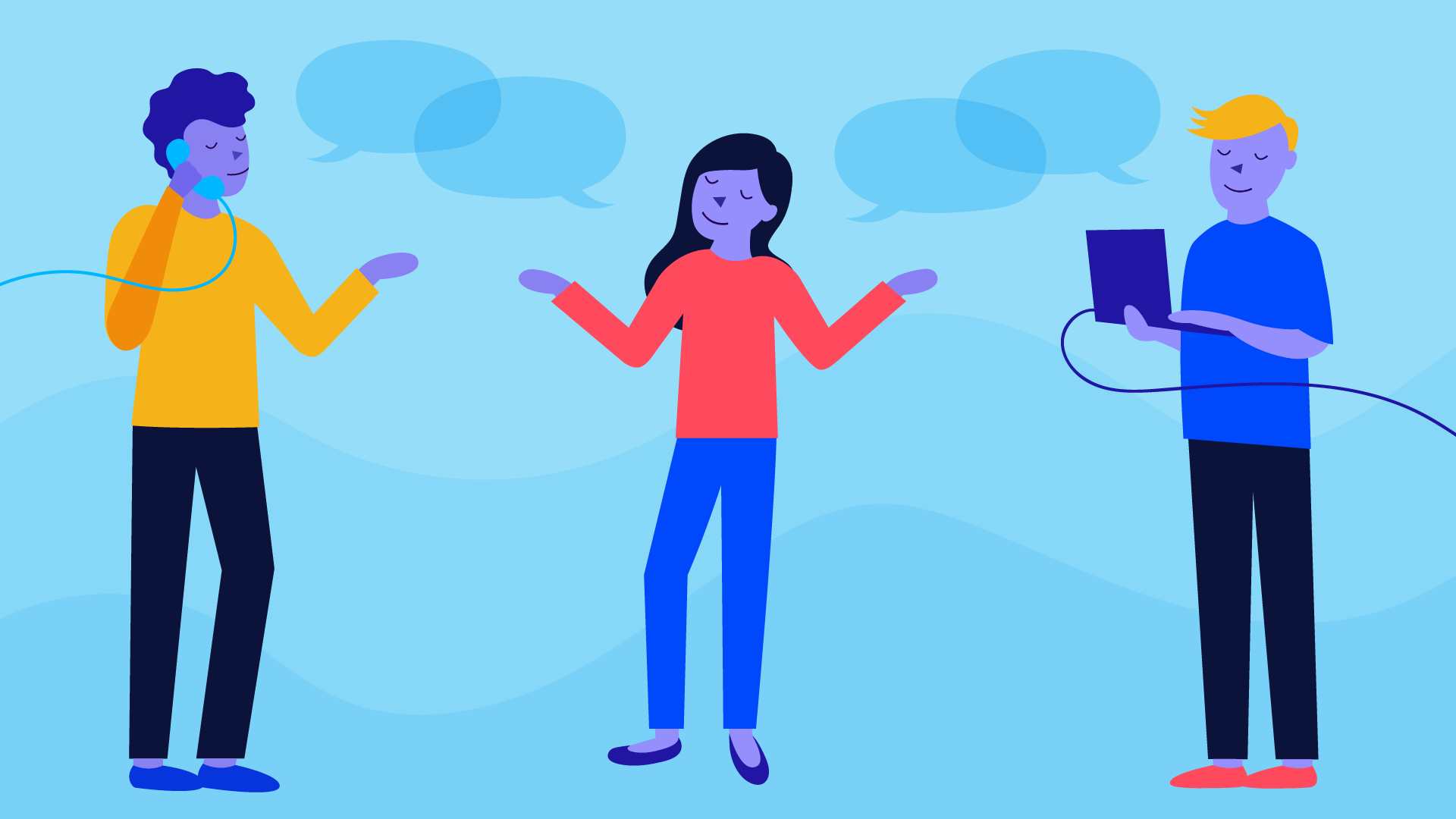
(Image Source: Nextiva)
16. Practice
No amount of learning about B2B sales techniques will help you improve if you don’t practice.
To improve, you need to practice what you’ve learned in a live environment.
While it’s good to be able to think on your feet, it’s even better to have a relatively well-practiced sales script. However, one sales script doesn’t make a B2B sales experience — it’s important to recognize how different people are, and recognize the futility of vomiting a single script at strangers.
However, your script should cover the following points:
- Greeting
- Introduction
- Branding
- Purpose
- Gather their contact information
- Closing
Have several scripts practiced, or several dozen. This way you’ll be prepared for all sorts of situations and ready to answer a wide variety of questions. The more you sell, the more you know what to practice. However, you can start practicing with the basic skeleton of a script that we have provided below:
“Hi, my name is {your name} with {your company}. I would like to speak to the Marketing Manager about {what your company is offering them}.”
From there, you will either be transferred to speak to the person in charge of marketing or you will be told they are unavailable.
The next step is to ask if you can leave a message. If they say yes, follow up with your opening sentence and offer them the opportunity to call you back at their convenience. This way, you are providing an easy avenue for them to contact you without having to give out any personal information on the spot or commit themselves just yet.
If they say no, ask when is a good time to call them back and use the same opening sentence structure with your contact information.
The important thing about this script is that it can be adjusted for any profession or industry.
Conclusion
B2B sales experience is a process that can be streamlined to help guide the customer through unfamiliar territory.
With the steps outlined above, you can successfully improve your overall experience in B2B sales.
Want to help contribute to future articles? Have data-backed and tactical advice to share? I’d love to hear from you!
We have over 60,000 monthly readers that would love to see it! Contact us and let's discuss your ideas!
